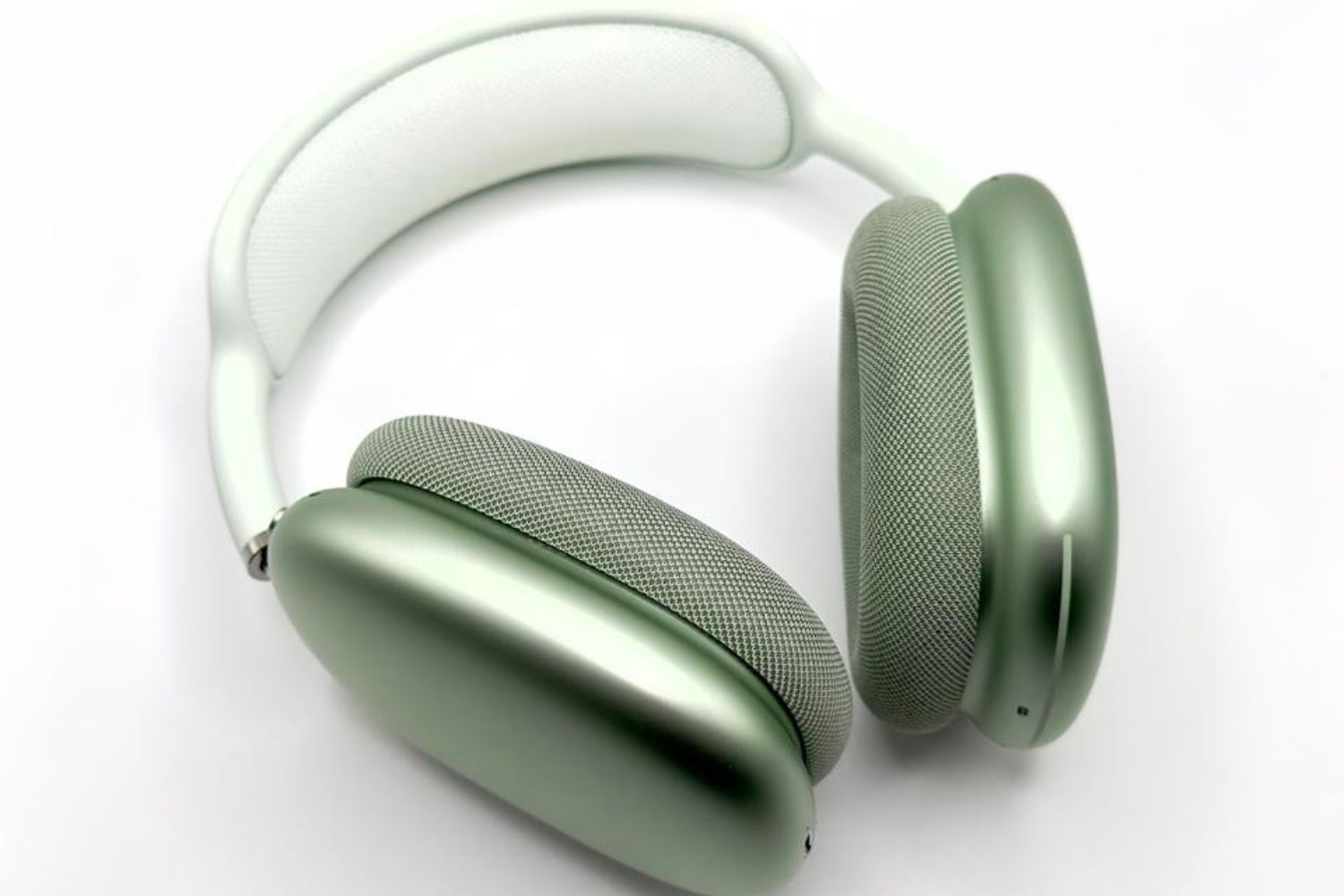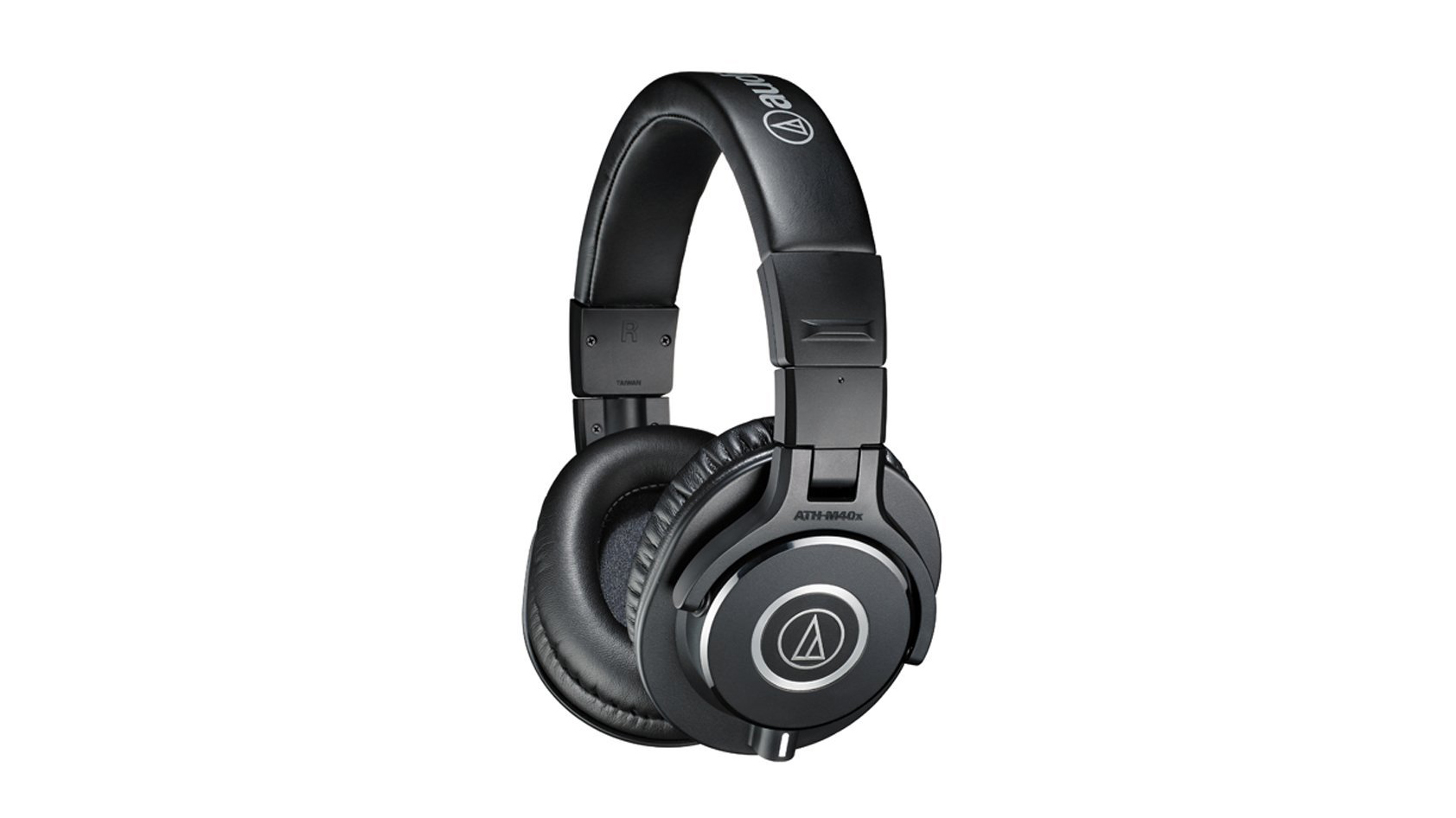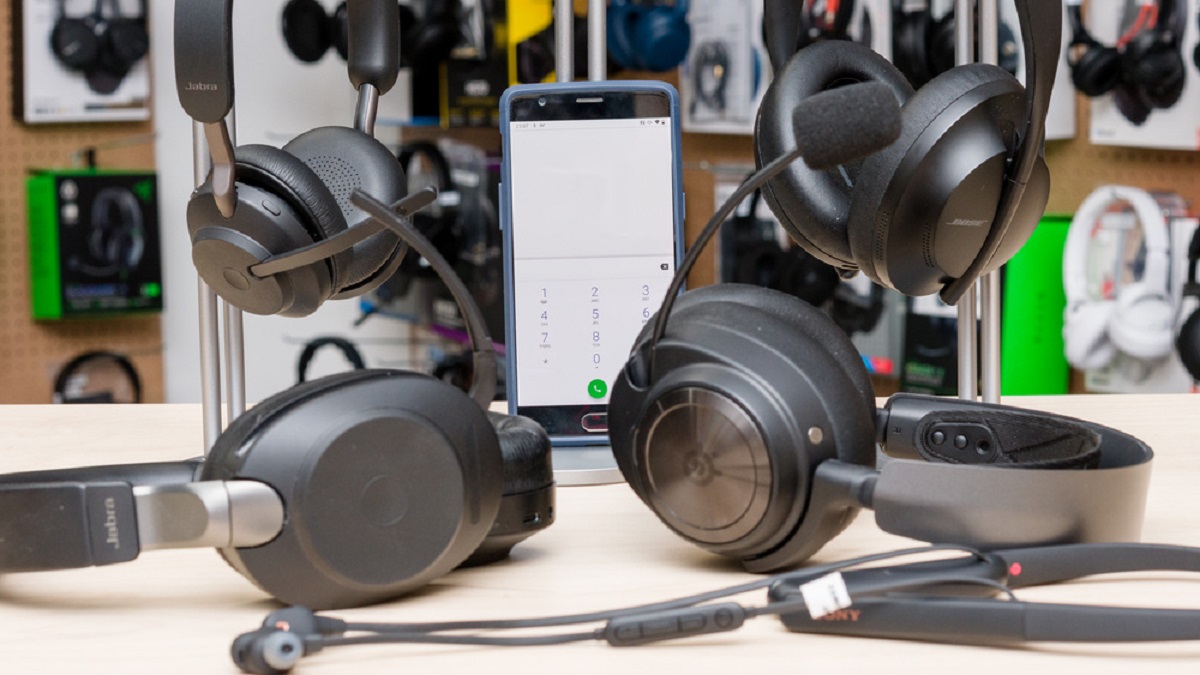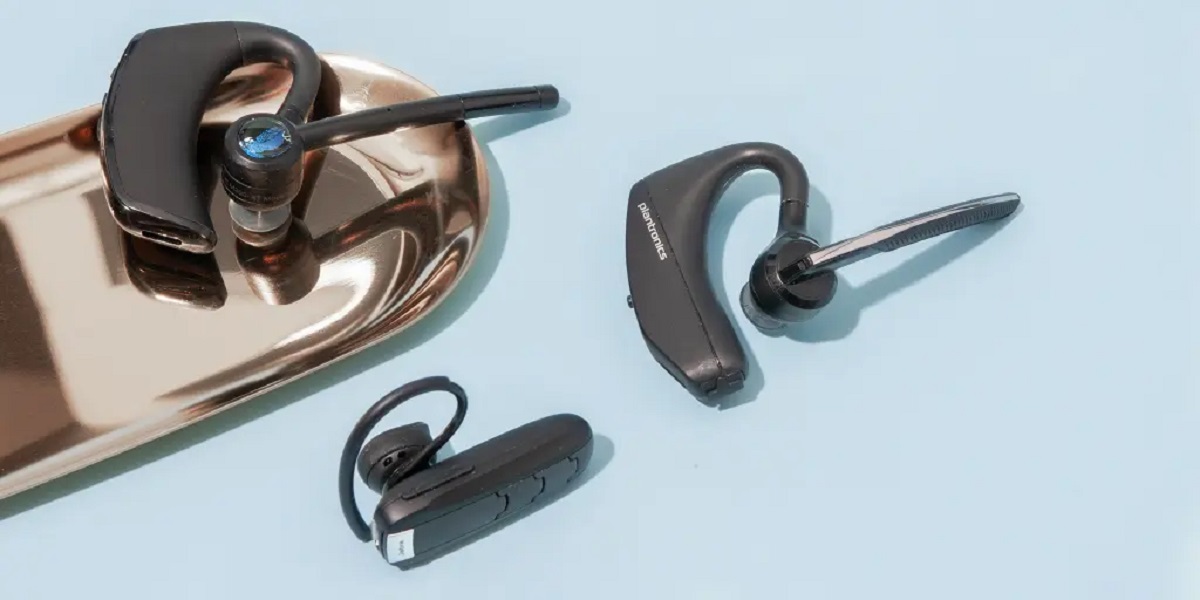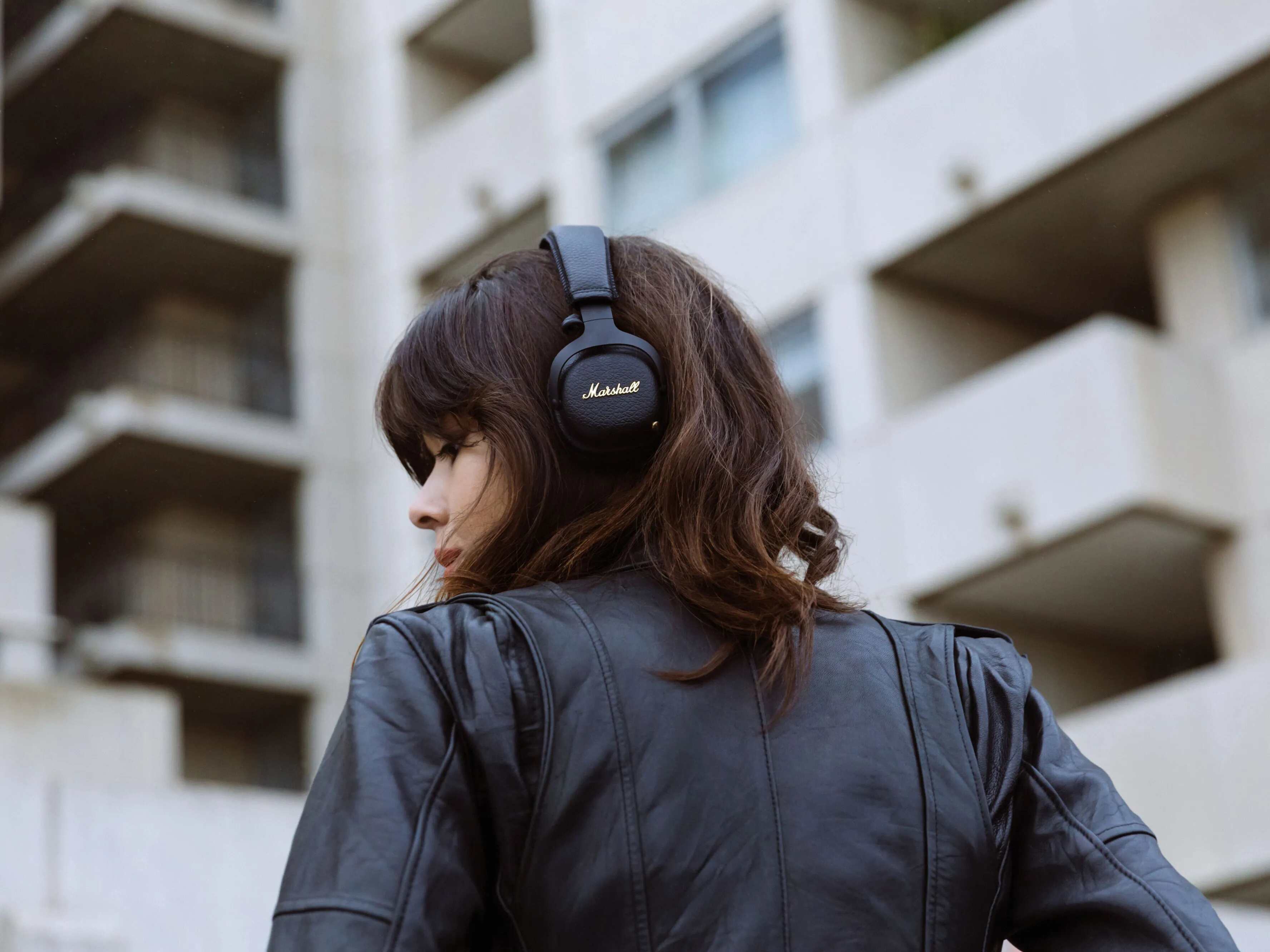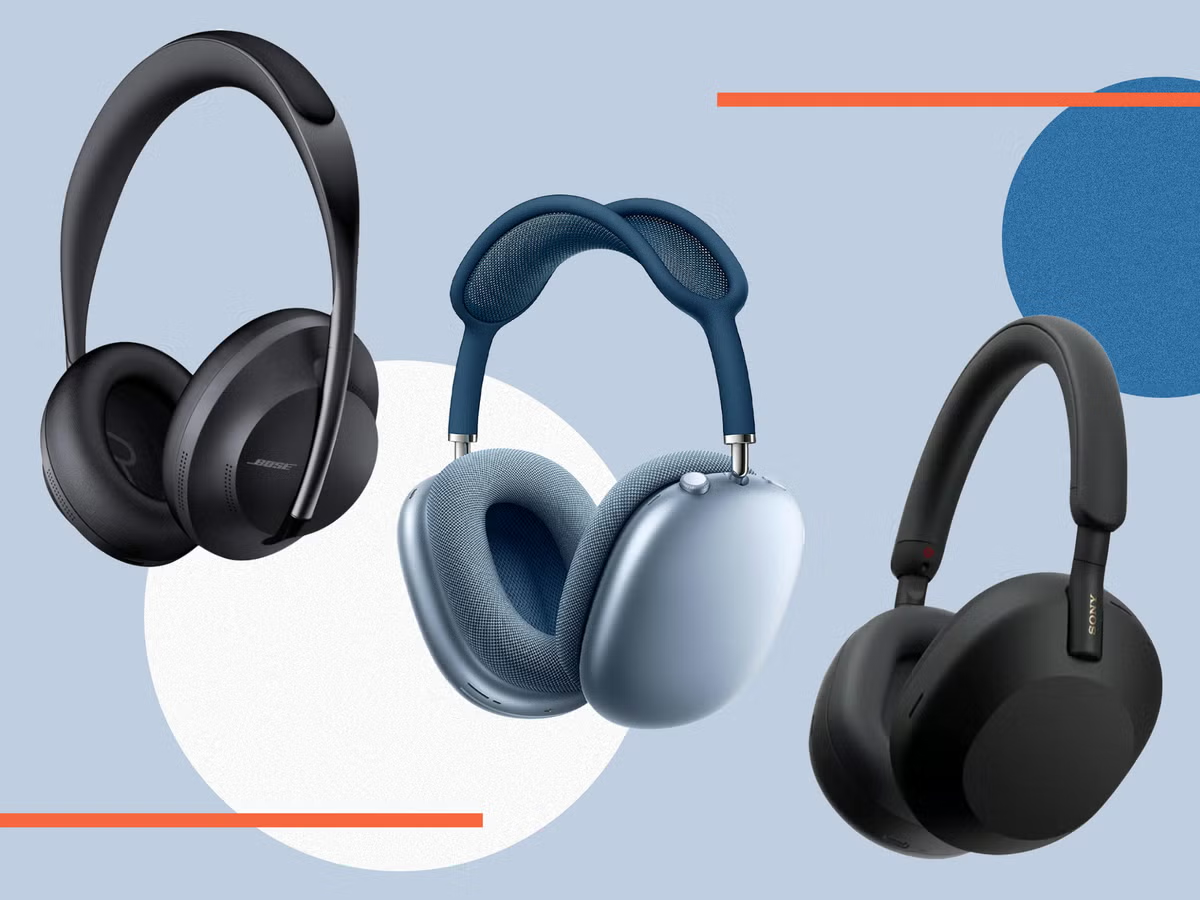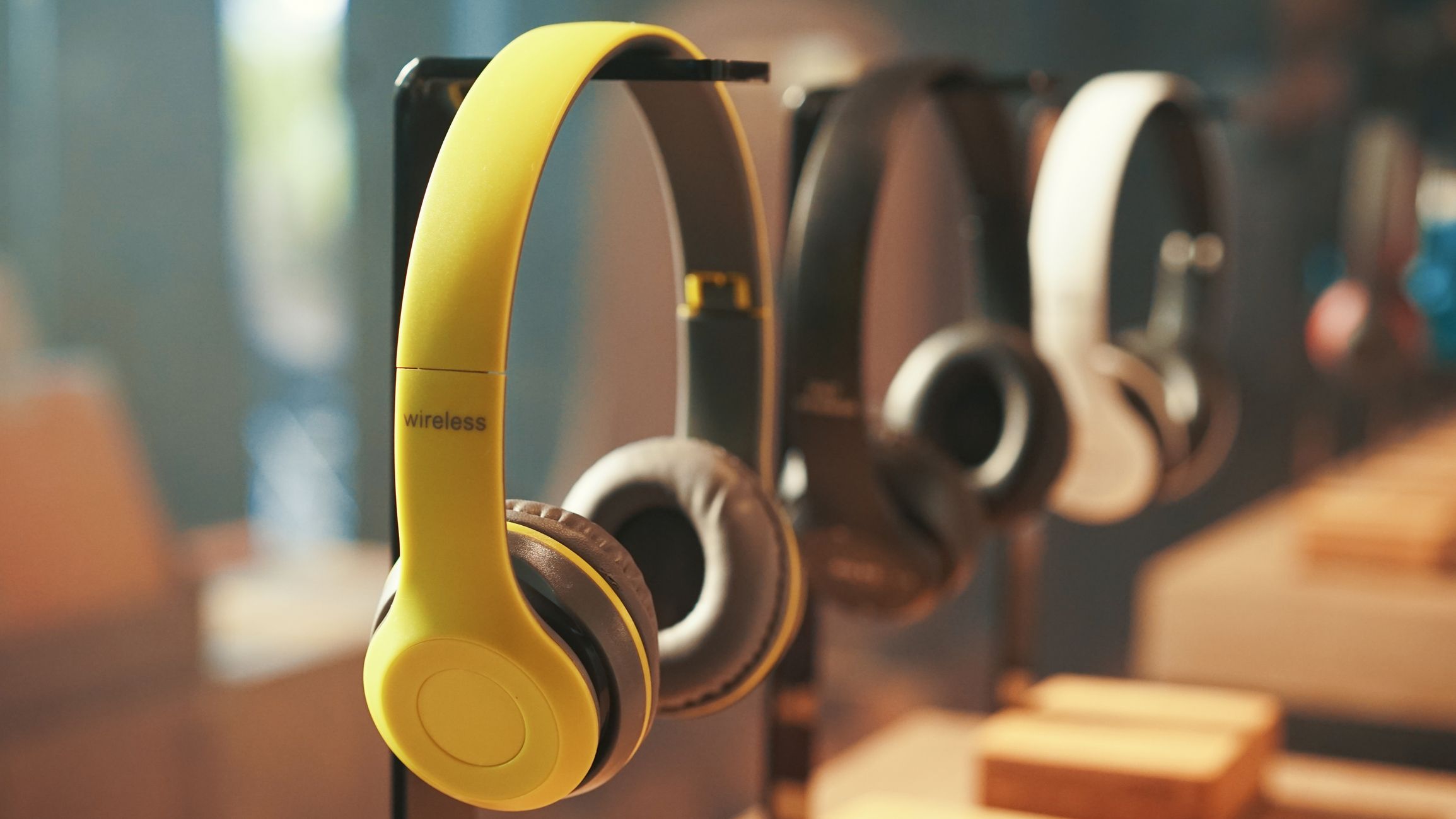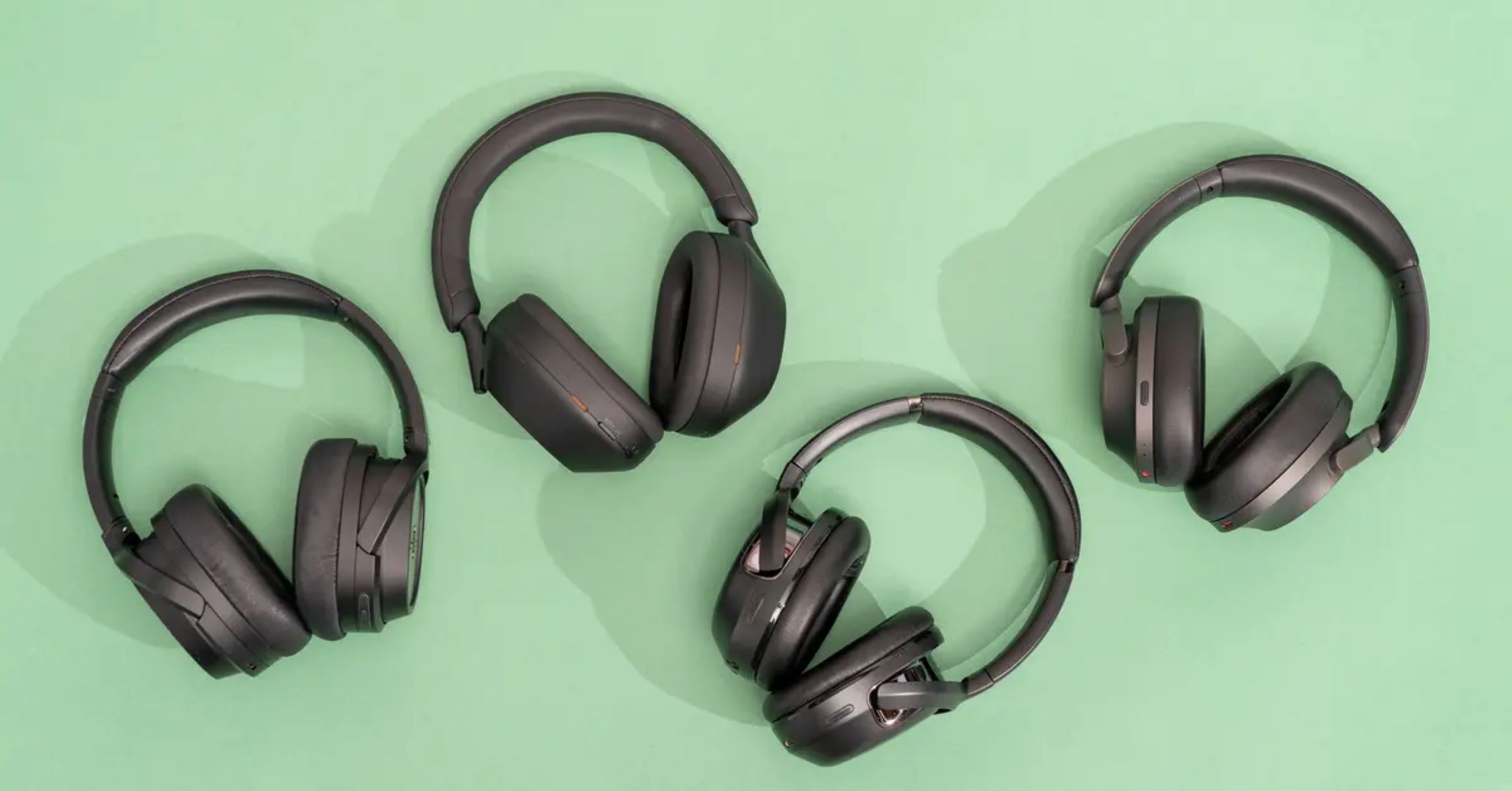Introduction
Noise cancelling headphones have become increasingly popular in recent years, offering users a sanctuary of tranquility in our bustling, cacophonous world. These innovative devices have revolutionized the way we experience sound, providing a shield against the incessant din of daily life. Whether you're a frequent traveler seeking respite from the roar of jet engines, a remote worker aiming to block out household commotion, or a music enthusiast craving an immersive listening experience, noise cancelling headphones offer a compelling solution.
The allure of these headphones lies in their ability to diminish ambient noise, allowing users to revel in crystal-clear audio without external disruptions. By leveraging advanced technology, noise cancelling headphones create a haven of serenity, enabling users to savor their chosen soundscape in peace. However, as with any technology, there are both advantages and limitations to consider when investing in noise cancelling headphones.
In this comprehensive guide, we will delve into the inner workings of noise cancelling headphones, explore their myriad benefits, address potential drawbacks, examine the various types available, and provide essential considerations for selecting the perfect pair. Whether you're a seasoned audiophile or a casual user seeking a reprieve from clamor, this exploration will equip you with the knowledge needed to make an informed decision and elevate your auditory experience. So, let's embark on this enlightening journey into the world of noise cancelling headphones.
How Noise Cancelling Headphones Work
Noise cancelling headphones operate on a remarkable principle that involves combating ambient sound through sophisticated technology. These headphones are equipped with tiny microphones that detect external noise. Once the microphones capture these ambient sounds, the headphones employ an advanced digital signal processing (DSP) algorithm to produce an "anti-noise" sound wave. This anti-noise wave is then blended with the incoming sound from the audio source, effectively neutralizing the ambient noise and creating a cocoon of silence for the wearer.
The key to the effectiveness of noise cancelling headphones lies in their ability to generate sound waves that are 180 degrees out of phase with the ambient noise. When these opposing sound waves meet, they cancel each other out, resulting in a significant reduction in external noise. This process is particularly effective for low-frequency sounds, such as the hum of airplane engines, the rumble of trains, or the drone of air conditioning units.
It’s important to note that while noise cancelling headphones excel at diminishing continuous, low-frequency sounds, they may be less effective at attenuating sudden, sharp noises or high-frequency sounds. However, the overall impact of noise cancellation can vastly improve the listening experience, allowing users to immerse themselves in their chosen audio content without the intrusion of environmental noise.
Benefits of Noise Cancelling Headphones
Noise cancelling headphones offer a multitude of advantages that cater to diverse lifestyles and preferences, making them a coveted accessory for many individuals. One of the primary benefits is the ability to create a tranquil auditory environment in the midst of bustling surroundings. Whether you’re navigating a bustling city, working in a lively office, or seeking solace during a long flight, noise cancelling headphones can cocoon you in a bubble of serenity, allowing you to focus, relax, or revel in your favorite music without the intrusion of external clamor.
Moreover, these headphones can significantly enhance the listening experience, especially in noisy environments. By minimizing ambient noise, they enable users to discern subtleties in music, dialogue in videos, or the nuances of audio content with greater clarity. This heightened audio immersion can be particularly appealing to audiophiles, as it allows for a more profound and undisturbed appreciation of sound.
For frequent travelers, noise cancelling headphones are indispensable companions, mitigating the fatigue and stress associated with prolonged exposure to engine roar, cabin chatter, and other disruptive noises. By fostering a quieter, more tranquil travel experience, these headphones can alleviate the discomfort often associated with long journeys, offering a welcome respite for weary travelers.
Additionally, noise cancelling headphones can contribute to overall well-being by reducing the potential harmful effects of prolonged exposure to loud or persistent noise. By creating a shield against environmental clamor, they help prevent auditory fatigue and stress, promoting a more relaxed and comfortable auditory environment.
Furthermore, for individuals working or studying in noisy environments, noise cancelling headphones can serve as valuable tools for concentration and productivity. By minimizing distractions and fostering a quieter setting, these headphones enable users to focus on tasks with heightened clarity and efficiency.
Ultimately, the benefits of noise cancelling headphones extend beyond mere auditory enhancement, encompassing aspects of comfort, well-being, and productivity, making them a compelling choice for a wide array of users.
Drawbacks of Noise Cancelling Headphones
While noise cancelling headphones offer an array of advantages, it’s important to acknowledge their limitations and potential drawbacks. One notable concern is the dependency on power, as most noise cancelling headphones require a power source to operate the noise cancellation feature. This reliance on batteries or a charging source can be a drawback for users, especially during extended travel or in situations where power sources may be limited.
Another consideration is the potential impact on sound quality. In some cases, the active noise cancellation process can introduce a subtle background hiss, which may affect the purity of the audio. While advancements in technology have mitigated this issue in many modern noise cancelling headphones, it remains a factor to consider when evaluating the overall sound performance.
Additionally, the effectiveness of noise cancelling headphones can vary depending on the type and intensity of the ambient noise. While these headphones excel at attenuating constant, low-frequency sounds, they may be less effective against sudden, sharp noises or high-frequency sounds. As such, users should be mindful of the specific environments in which they intend to use noise cancelling headphones and manage their expectations accordingly.
Comfort and fit are also essential considerations. Some users may find that the design of noise cancelling headphones, particularly over-ear models, can cause discomfort during extended wear. Factors such as headband pressure, ear cup size, and material quality can influence the overall comfort level, and individuals with specific preferences or physical sensitivities should carefully assess the ergonomics of the headphones before making a purchase.
Furthermore, the cost of noise cancelling headphones can be a deterrent for budget-conscious consumers. High-quality noise cancelling technology often comes at a premium price, which may pose a barrier to entry for some individuals. However, it’s important to weigh the cost against the intended use and the potential long-term benefits to determine the value proposition of noise cancelling headphones.
By acknowledging these drawbacks and considering them in the context of individual needs and preferences, users can make informed decisions when evaluating noise cancelling headphones as a potential investment in their auditory experience.
Types of Noise Cancelling Headphones
Noise cancelling headphones are available in various designs and configurations, each catering to specific preferences and usage scenarios. Understanding the different types can help users make informed decisions based on their unique needs and priorities.
Over-Ear Headphones: These headphones feature ear cups that fully enclose the ears, creating a seal that effectively blocks out external noise. Over-ear noise cancelling headphones are renowned for their immersive sound quality and superior noise isolation, making them an ideal choice for audiophiles and individuals seeking maximum tranquility in noisy environments.
On-Ear Headphones: On-ear noise cancelling headphones rest on the ears without fully enveloping them. While they offer a more lightweight and portable alternative to over-ear models, they may provide slightly less effective noise isolation due to the reduced coverage of the ear. However, they remain a popular choice for users seeking a balance between portability and audio immersion.
In-Ear Headphones (Earbuds): These compact, lightweight headphones fit snugly into the ear canal, offering a discreet and portable noise cancelling solution. While in-ear headphones may not provide the same level of noise isolation as their over-ear and on-ear counterparts, they offer exceptional convenience and are well-suited for active lifestyles and travel.
Wireless Noise Cancelling Headphones: Many noise cancelling headphones are equipped with wireless functionality, allowing users to enjoy the benefits of noise cancellation without being tethered to their audio source. Wireless models utilize Bluetooth technology for seamless connectivity with smartphones, tablets, and other compatible devices, offering unparalleled freedom of movement.
Bone Conduction Headphones: These innovative headphones utilize bone conduction technology to deliver audio through vibrations transmitted to the skull, bypassing the eardrums. While not traditional noise cancelling headphones in the conventional sense, bone conduction headphones offer an open-ear design that allows users to remain aware of their surroundings while enjoying music or calls, making them a compelling choice for outdoor activities and situational awareness.
By familiarizing themselves with the diverse array of noise cancelling headphone types, users can pinpoint the most suitable design for their lifestyle, preferences, and intended usage scenarios, ensuring an optimal auditory experience tailored to their individual needs.
Factors to Consider When Choosing Noise Cancelling Headphones
When selecting noise cancelling headphones, several key factors should be taken into account to ensure that the chosen model aligns with the user’s specific requirements and preferences. By carefully evaluating these factors, individuals can make informed decisions that optimize their auditory experience.
Noise Cancellation Performance: Assess the effectiveness of the noise cancellation feature, particularly in the context of the user’s typical environments. Consider whether the headphones excel at attenuating low-frequency or high-frequency sounds, as well as their performance in mitigating sudden, sharp noises.
Sound Quality: Evaluate the overall audio performance, including the clarity, balance, and richness of the sound. While noise cancelling headphones prioritize ambient noise reduction, it’s essential to ensure that the audio quality meets the user’s expectations, especially for music enthusiasts and discerning listeners.
Comfort and Fit: Consider the ergonomics of the headphones, including the padding, headband design, and ear cup size. Comfortable, well-fitting headphones are essential for extended wear, particularly during travel or prolonged listening sessions.
Battery Life and Power Source: Assess the battery life and charging options, especially for wireless noise cancelling headphones. Longer battery life and versatile charging capabilities can enhance the convenience and usability of the headphones, particularly for frequent travelers or individuals on the go.
Portability and Durability: Evaluate the portability and build quality of the headphones, considering factors such as foldability, carrying cases, and robust construction. For users who prioritize on-the-go convenience and durability, these attributes are crucial considerations.
Wireless Connectivity: For wireless noise cancelling headphones, assess the connectivity features, Bluetooth compatibility, and range. Seamless wireless connectivity and reliable signal strength can significantly enhance the user experience, especially for those who prioritize wireless convenience.
Additional Features and Controls: Explore supplementary features such as touch controls, voice assistants, customizable sound settings, and integrated microphones for calls. These features can augment the functionality and versatility of the headphones, catering to diverse user preferences.
Price and Value: Consider the price point in relation to the features, performance, and overall value offered by the headphones. While premium noise cancelling headphones may entail a higher investment, their long-term benefits and user satisfaction should be factored into the value proposition.
By carefully deliberating on these factors and aligning them with their individual needs and priorities, users can make well-informed decisions when selecting noise cancelling headphones, ensuring an optimal blend of performance, comfort, and functionality that enriches their auditory journey.
Conclusion
Noise cancelling headphones have undoubtedly transformed the way we engage with sound, offering a sanctuary of tranquility amidst the din of modern life. From their ingenious noise-cancelling technology to the diverse array of designs and features, these headphones have redefined the auditory experience for users across the globe. As we navigate the multifaceted landscape of noise cancelling headphones, it becomes evident that their benefits, drawbacks, and considerations are pivotal in guiding users toward the perfect choice for their unique needs.
By unraveling the inner workings of noise cancelling headphones, we gain insight into the remarkable technology that underpins their ability to create an oasis of silence in a cacophonous world. Understanding the principles of active noise cancellation empowers users to appreciate the ingenuity behind these devices and manage their expectations regarding their performance.
Exploring the myriad benefits of noise cancelling headphones reveals their capacity to foster tranquility, enhance audio immersion, and alleviate the discomfort of noisy environments. Whether it’s the respite they offer during travel, the clarity they bring to music, or the sanctuary they provide for focused work, these headphones have become indispensable companions for users seeking a harmonious auditory experience.
Concurrently, acknowledging the drawbacks and limitations of noise cancelling headphones equips users with a balanced perspective, enabling them to make informed decisions that align with their preferences and priorities. By considering factors such as noise cancellation performance, sound quality, comfort, and additional features, individuals can navigate the diverse landscape of noise cancelling headphones with confidence and discernment.
Ultimately, the world of noise cancelling headphones is a tapestry of innovation, functionality, and personalization, offering a myriad of options to suit diverse lifestyles and preferences. Whether it’s the immersive tranquility of over-ear headphones, the portability of in-ear models, or the seamless wireless connectivity of modern designs, users are presented with a wealth of choices to tailor their auditory experience to perfection.
As we bid adieu to this exploration of noise cancelling headphones, let us embark on our auditory journeys with newfound knowledge and appreciation for the transformative power of these remarkable devices. May the symphony of silence and sound intertwine harmoniously, enriching our lives and elevating our appreciation of the world’s auditory tapestry.







